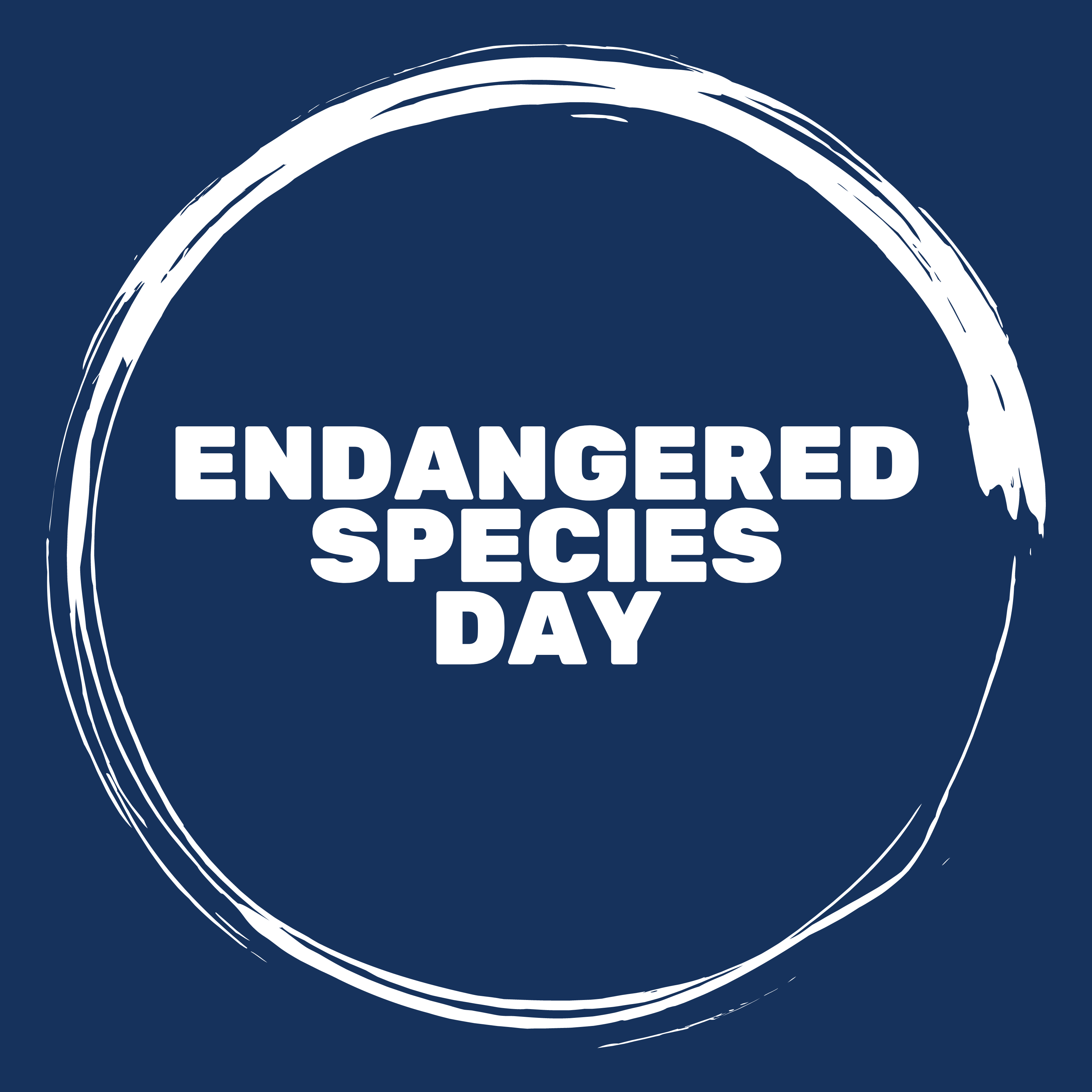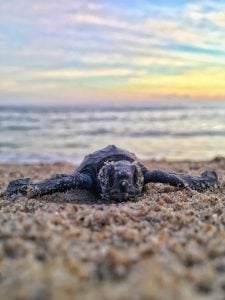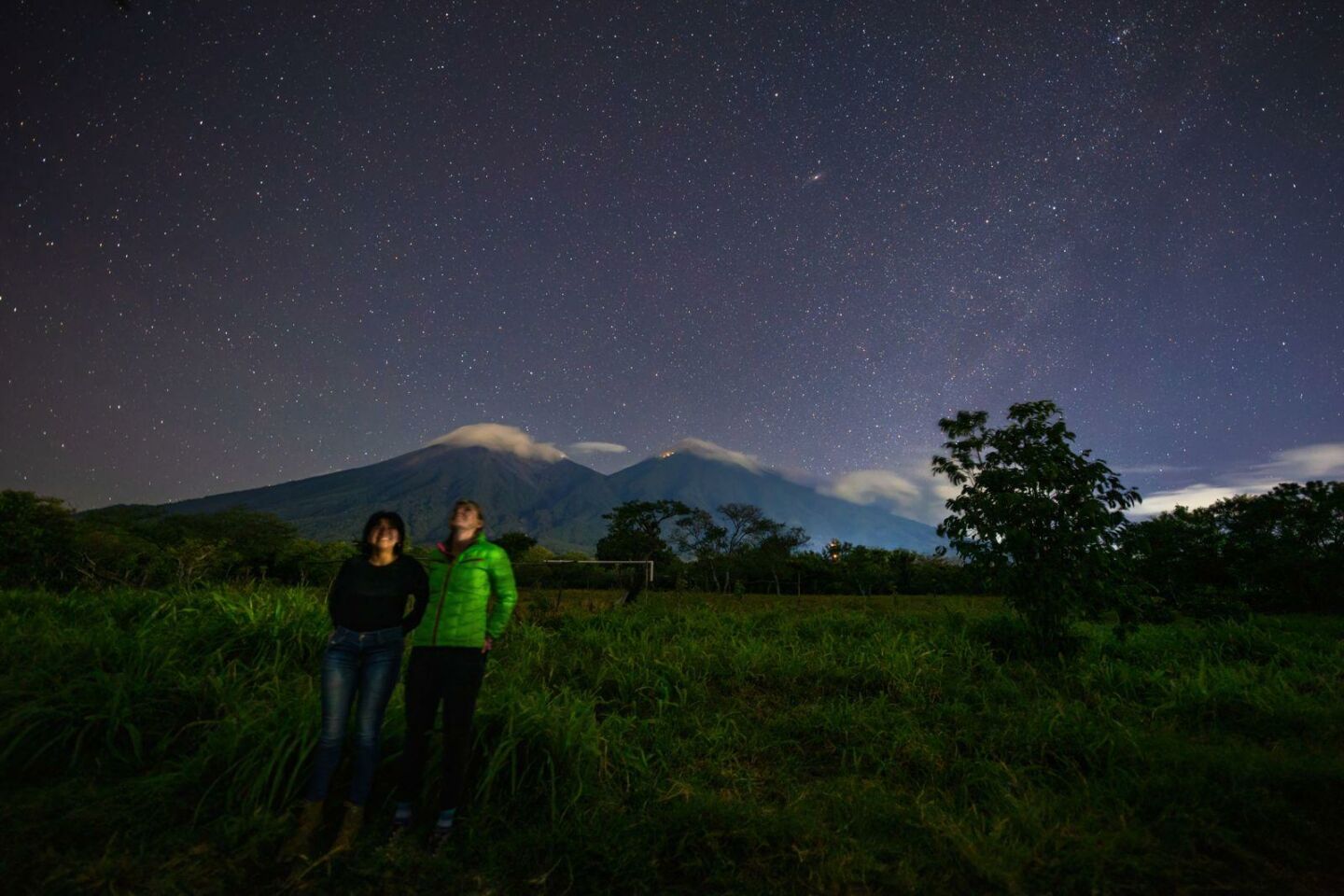
IDA Celebrates Endangered Species Day

Every year on the third Friday in May, people all around the world celebrate Endangered Species Day by learning about and taking action to protect threatened and endangered species. Light pollution has significant impacts on wildlife, including many of those species that are endangered. The introduction of artificial light at night has radically altered the nighttime environment for wildlife by turning night into day. This has the power to change predator and prey dynamics, attract, repel, disorient and confuse wildlife, and interfere with reproduction. We are only just beginning to understand the devastating consequences light pollution can have on our beloved creatures.
Some of these creatures include:
Sea Turtles

Across the globe, six out of seven species of sea turtles are threatened or endangered–three of these are critically endangered. Nesting sea turtles depend on dark beaches for successful reproduction. However, the presence of artificial light on beaches can discourage female sea turtles from nesting. This leads the turtles to choose less than optimal nesting sites resulting in the reduced chances of a successful nest. In addition, near-shore lighting can cause sea turtle hatchlings to become disoriented and wander in-land instead of to the ocean. Scientists believe that turtles have an innate instinct that leads them in the brightest direction. Typically, this is the moon reflecting off of the ocean. However, exterior lighting on nearby buildings and streets draws them in the wrong direction–toward land–where predators can eat them, cars can run them over, or they die of dehydration.
Bats

According to Bat Conservation International, more than two hundred bat species in sixty countries globally are considered threatened, some being critically endangered or endangered. Bats are especially vulnerable to extinction. This is, in part, because they are among the slowest-reproducing mammals on earth for their size. Bats are nocturnal creates that have adapted to life in darkness. Therefore, artificial light can be especially disturbing to them, and its presence can delay or prevent their emergence from the roost. This results in reduced foraging time and the missed opportunity of feeding at just after dusk during peak insect time. When light surrounds the entrance to the roost, bats can completely abandon it or become entombed. Additionally, artificial light has been shown to affect the commuting and foraging routes of bats as they tend to avoid these areas if light spills onto them. Other bats may opportunistically feed by streetlights, which attract insects, leaving them vulnerable to predators such as peregrine falcons.
Salmon

Two species of chinook salmon are listed as endangered, and several others are threatened. Light pollution has been identified as one possible threat to these salmon. They are naturally attracted to lights at night and begin to school up, acting as if it’s daytime. This attraction can make the salmon more vulnerable to predators such as birds and larger fish.
Seabirds

Petrels and shearwaters, including several globally threatened species, are the seabirds most affected by light pollution. These birds are active at night as they attempt to avoid predation, exploit bioluminescent prey, and use the night sky to navigate. At sea, oil and gas platforms and fishing vessels are the primary artificial light sources at night. The intense light from these sources is extremely attractive to petrels. The bright artificial light causes them to become disoriented, resulting in fatal collisions with the vessels. Coastal light pollution also has severe consequences for young petrels and shearwaters. They use moonlight to navigate out to the sea, where they spend their time feeding. Bright coastal lights confuse the fledglings, forcing them to expend all of their energy. Once on the ground due to exhaustion, they are highly vulnerable to predators or may be hit by vehicles.
What Can Be Done
The impacts of light pollution on wildlife, and especially endangered species, can be minimized by the thoughtful design and use of artificial light at night. Ensure that any exterior lighting has a clear purpose and is necessary. It is also important to direct the light only where needed by utilizing shielding. The light should be no brighter than necessary and only used when required by implementing timers and sensors. Minimizing the amount of shorter-wavelength light to the least amount needed also helps. Learn more about how you can ensure your lighting lessens wildlife disruption here.
Learn More
To learn more about how light pollution impacts wildlife, check out these other posts on our website:
Light Pollution Effects on Wildlife and Ecosystems
Light Pollution Research Shows Humans and Wildlife Can Coexist



















